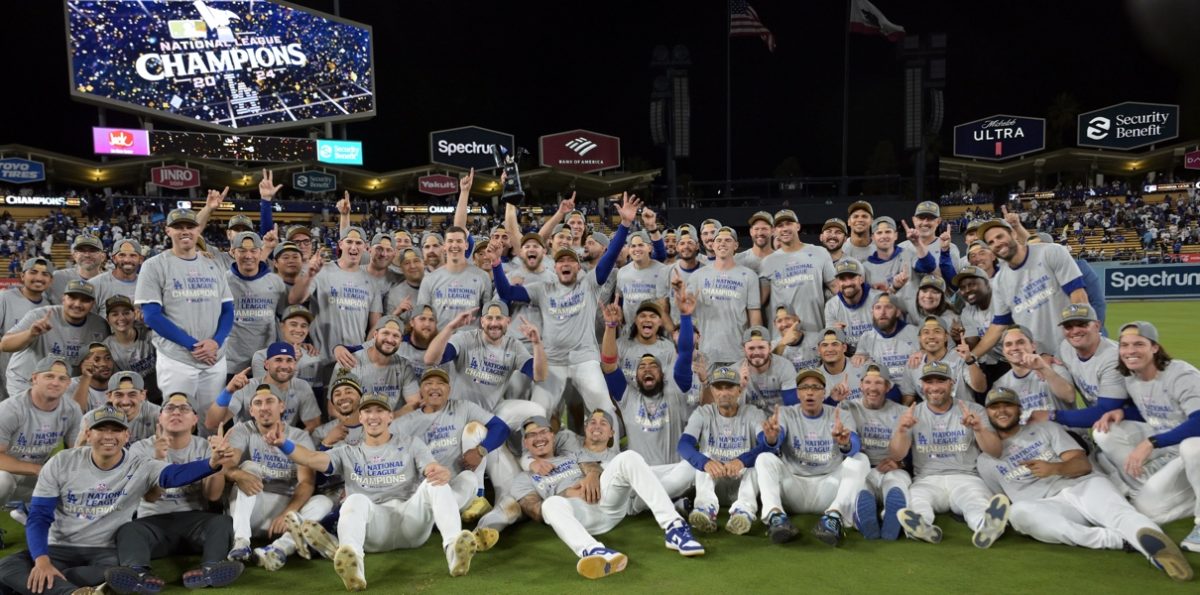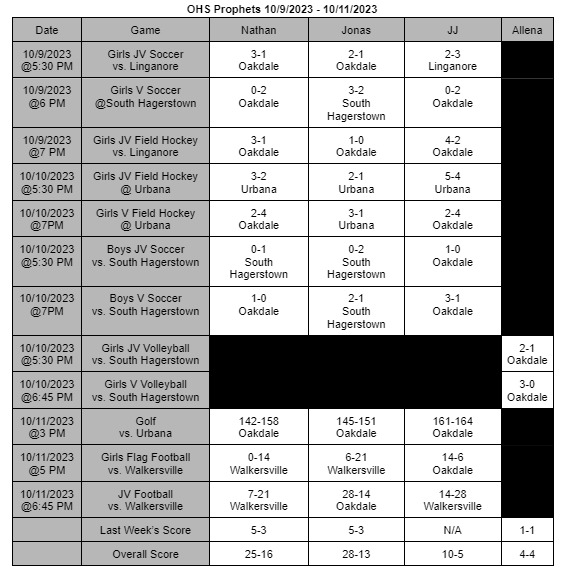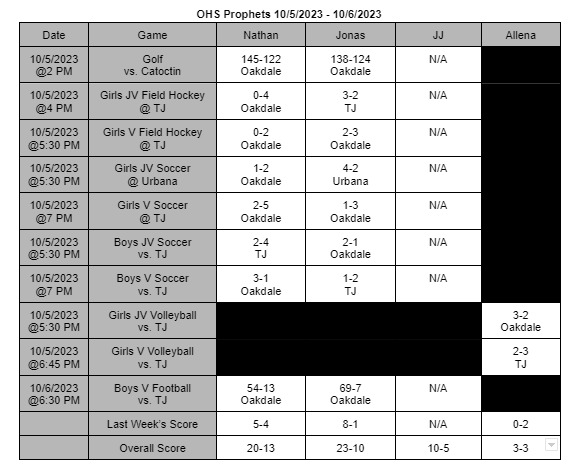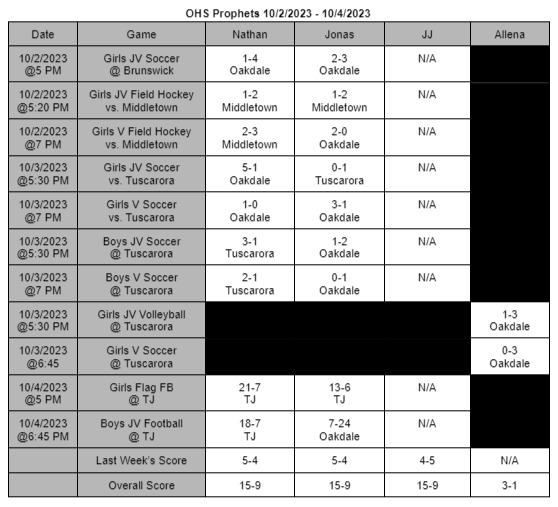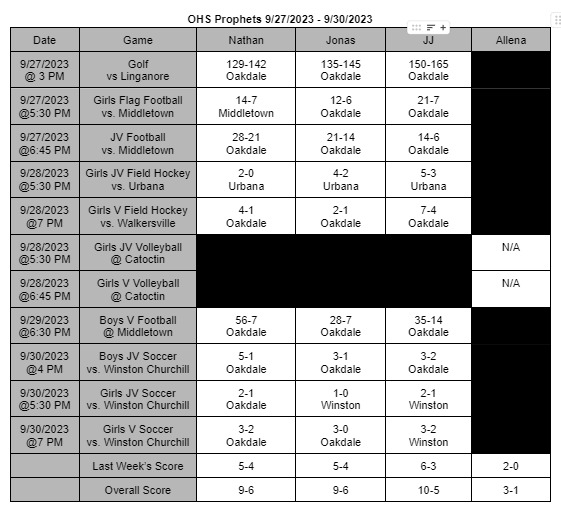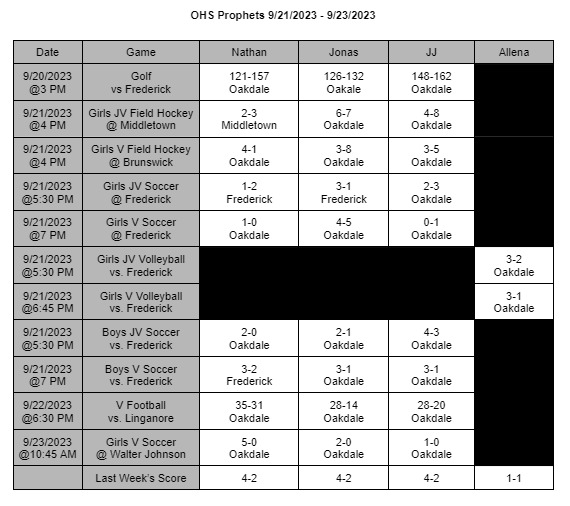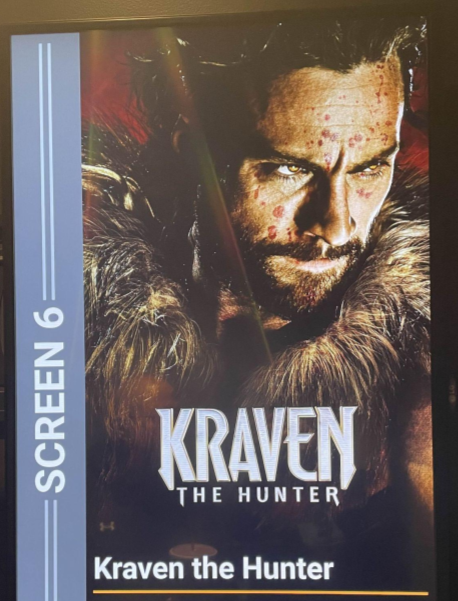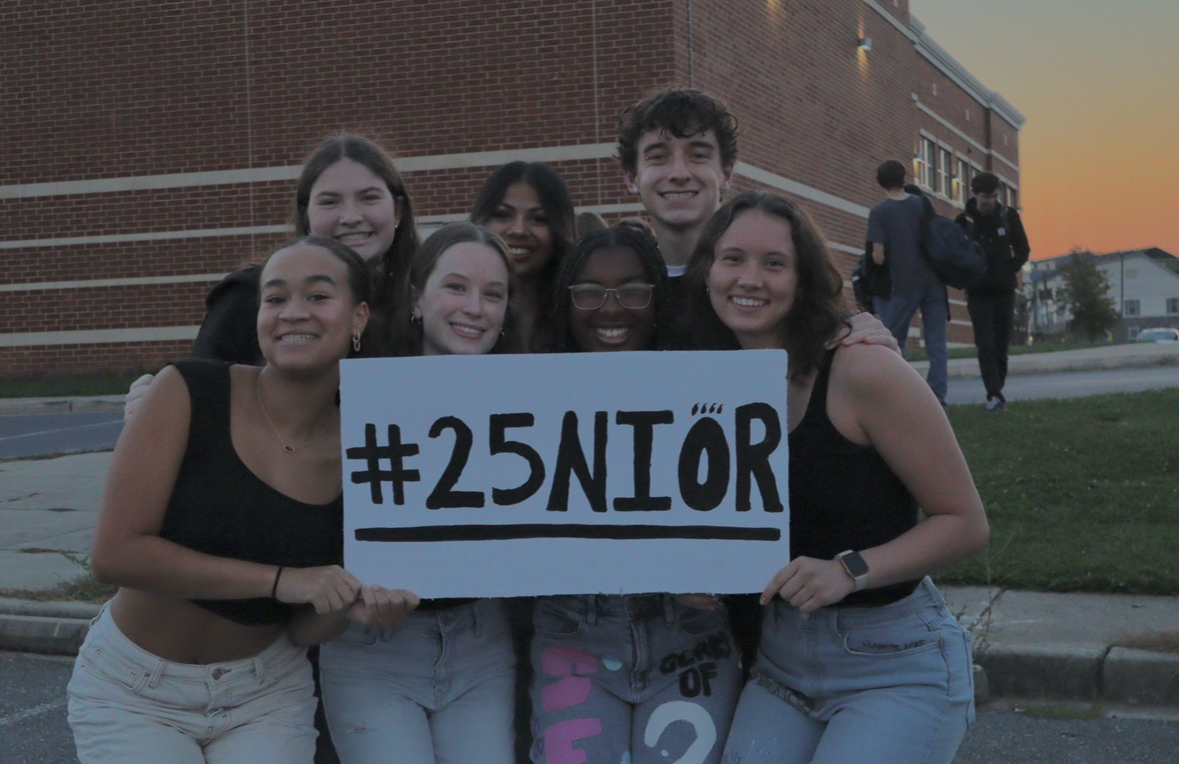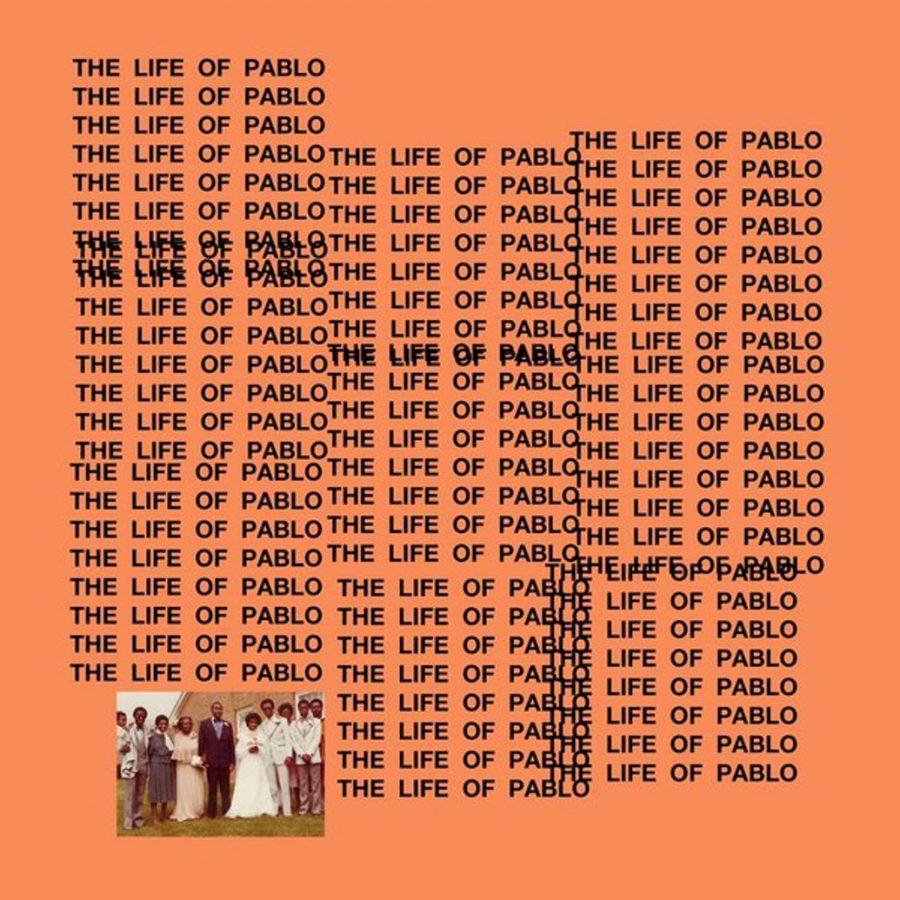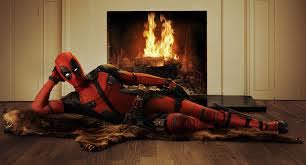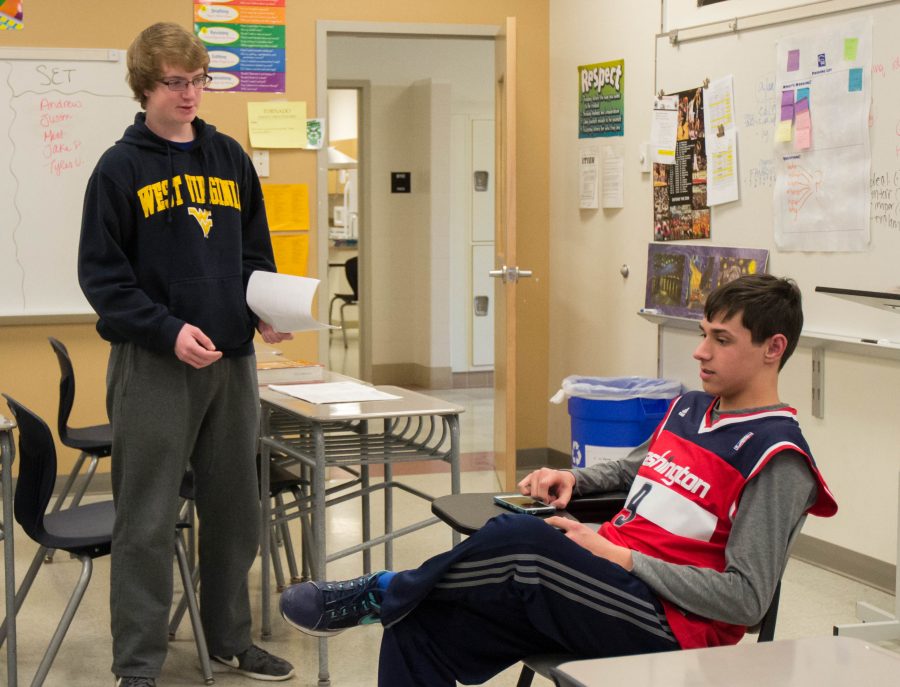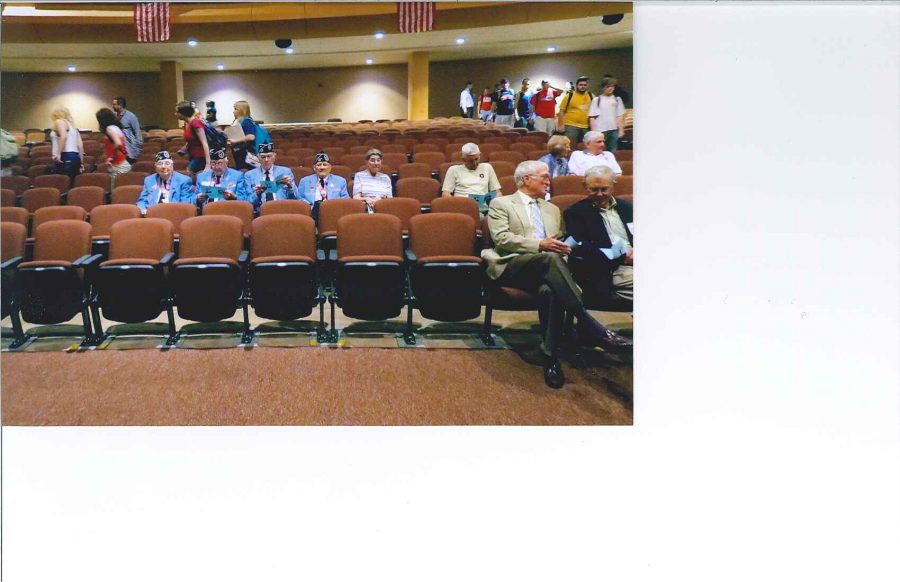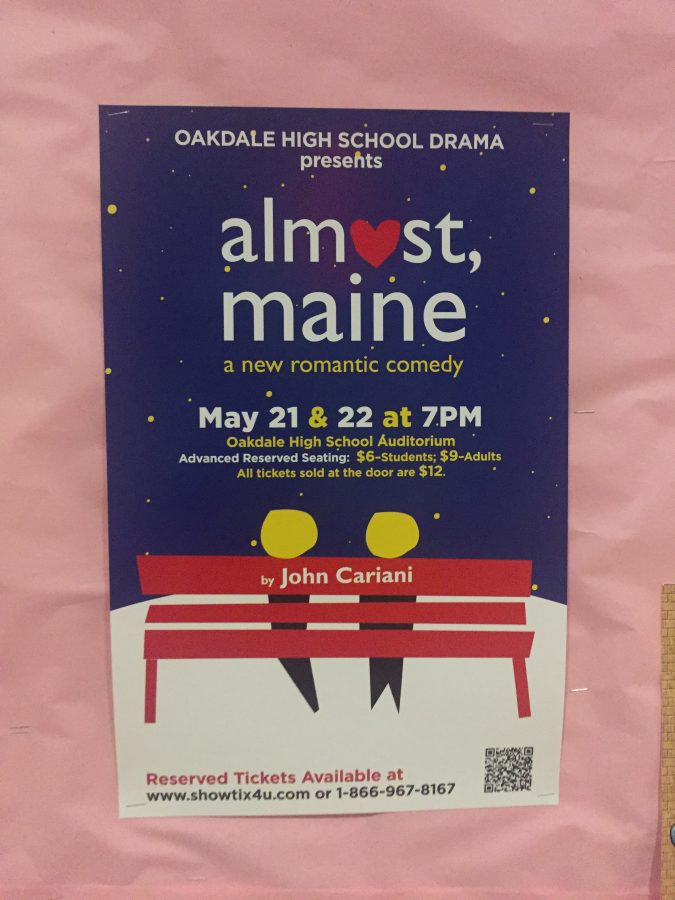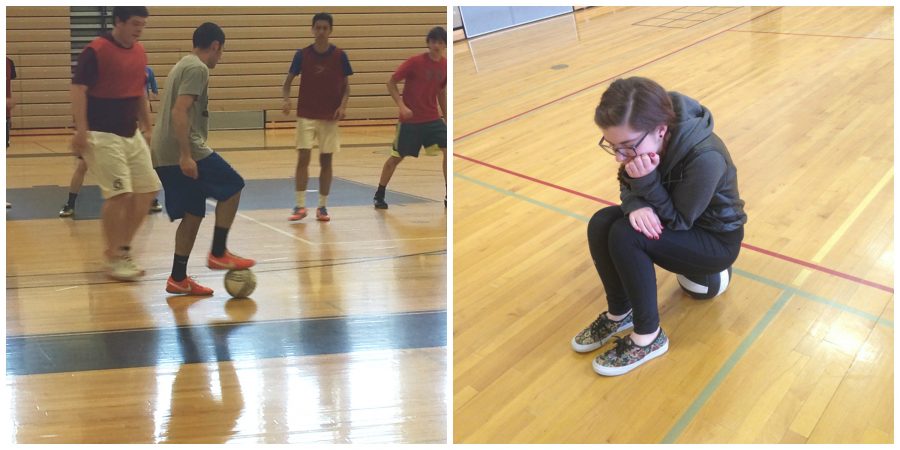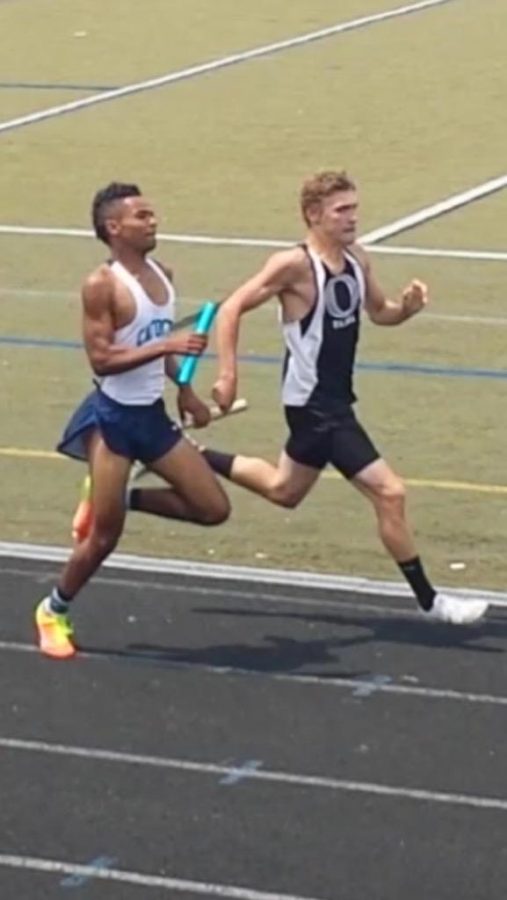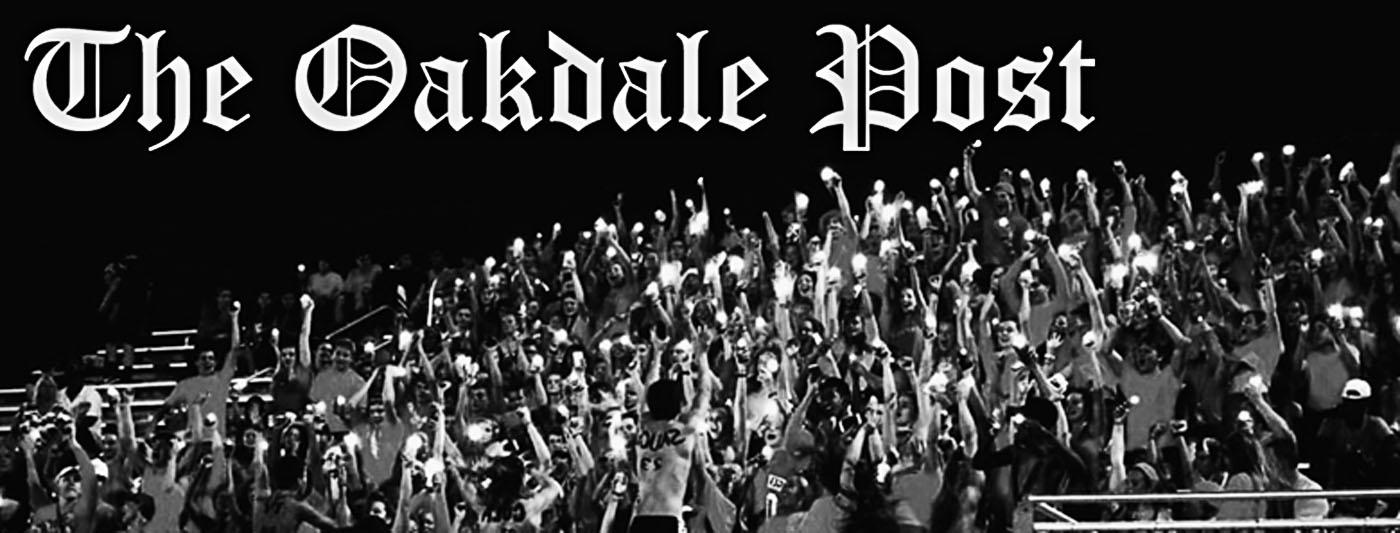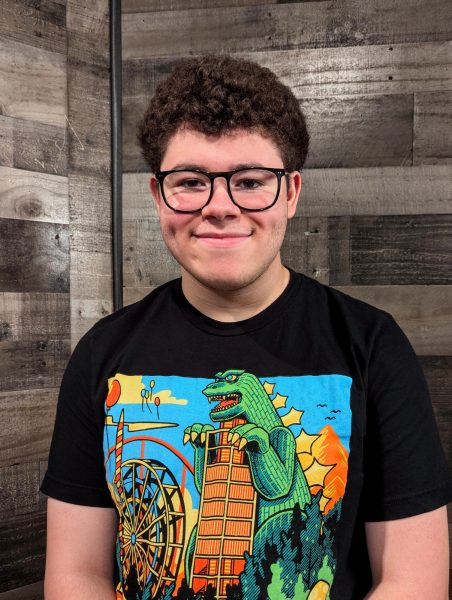Dune: Part Two is the second part of Warner Brother’s Dune trilogy, and it delivers perfectly on everything set up by Dune: Part One. Based on the book of the same name, Dune: Part Two is just as stunning visually as it is written. Warning – spoilers to Dune: Part One ahead.
The movie picks up immediately where Dune: Part One left off. Paul Atredies and his mother, Jessica, are beginning to integrate more with the Fremen after the fight with Jamis. This movie expands on a lot of the plots of the previous, as it continues with the Harkonnen invasion and the idea of Paul potentially being the Lisan Al Gaib.
Dune: Part One had beautiful scenes, but Dune: Part Two takes this to another level. The cinematography is stunning, and every shot feels carefully positioned. The angle of the camera and the kind of shot used play perfectly into the impact of the scene. The colors add to the scenes, showing the power of the Fremen and the difference from them and the Harkonnen. There are also a lot of moments that use dust and sand to hide things from the audience, adding to the suspense of certain moments.
The performances in the movie were incredible as well “Austin Butler as Feyd-Rautha definitely stood out to me. Within the first few seconds of being introduced to the character, I felt that even the word ‘psychotic’ was a bit of an understatement,” says junior Eve Ackiewicz.
Timothée Chalamet as Paul Atreties was also a great performance, becoming a conflicting figure and being a perfect representation of the messages that the movie depicts.
This film’s meaning can be interpreted a number of different ways. It’s able to touch on the horrors of war, the way power can corrupt, the divide that disagreements in religion can cause, the issues of colonialism, and more. Standing at about 2 hours and 45 minutes, the movie is able to develop its themes slowly, and give time for the audience to breathe.
In comparison, the Dune from 1984 feels flat because it tries to cram too much into a short space.
“I could definitely pick up on certain themes within the movie, but honestly from how fast paced and confusingly put together it was very hard to pick up on [anything],” describes junior Cory Schieber. The attempt to squeeze everything this story mentions into a movie with less run time than either of the newer adaptations was bound to fail.
The modern film depicts the story of people who lose themself in their struggle to lead others. An attempt to save the day is made, but it only ends up putting others in suffering. The power is gained through bloodshed, pain, and irrevocable damage. Even when the movie ends, it doesn’t feel like some amazing conclusion. It feels like what it is; the beginning of even more suffering.
“Even if the actions being taken are to find a potential better future, it still hurts the people that they’re trying to save,” describes Ackiewicz. Every step is taken to avoid the worst, and yet it still falls into place.
Dune: Part Two is still in theaters as of this article, and it and its predecessor are movies that everyone should watch at least once. Both films are able to depict the struggle of power in a way that’s depressing, yet beautiful.










